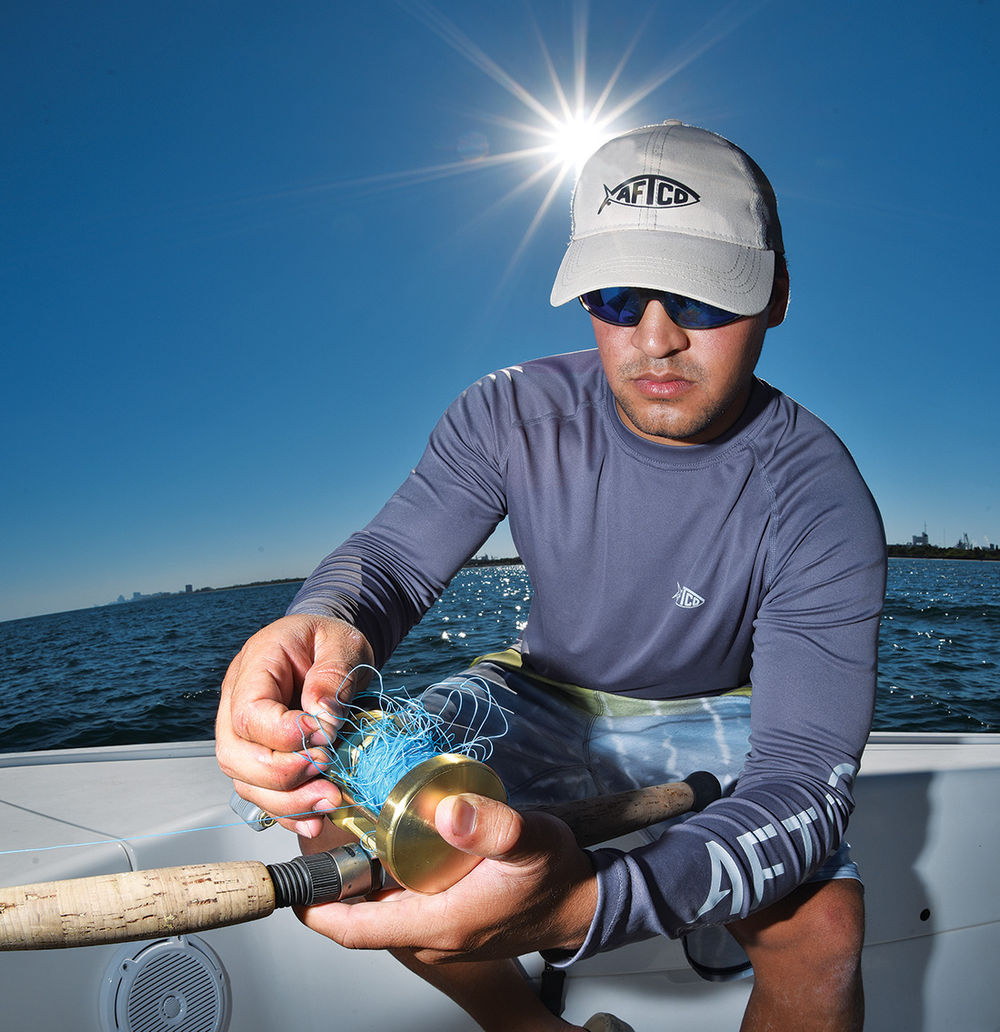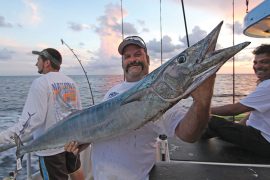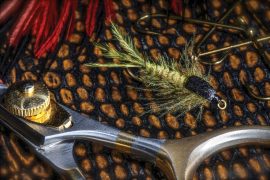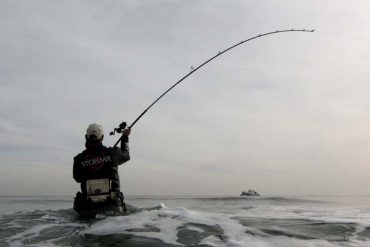
Whether casting a JIG or live bait, West Coast anglers are some of the best offshore conventional casters I’ve ever seen. Experienced slingers out of San Diego, Dana Point, Long Beach and other popular ports launch surface iron with a star-drag reel 100-plus yards to blitzing yellowtail. Possibly even more impressive, they cast delicate live baits (as small as 4 inches long) away from a drifting or anchored boat using conventional gear filled with braided line of 65-pound-test or heavier.
Because of the nature of headboat fishing off the SoCal coast, anglers have mastered distance casting to catch tunas, yellowtail, wahoo and dorado. And because fishing is often shoulder to shoulder along a rail, anglers require lightweight conventional gear with high drag pressures to prevent losing fish to friendly-fire tangles, the boat’s hull or sharp teeth.
For anyone who trolls the majority of time with live bait, or tosses plugs with a spinner, casting 50- to 80-pound conventional gear is a whole new ballgame. But as SoCal anglers will tell you, conventional gear casts iron (a type of metal jig) farther than any spinner. Conventional reels also have stronger drag systems to land 25- to 200-plus-pound pelagics from a stationary boat (though a few elite spinners are making a push into the high-drag arena).
Given these advantages to casting conventional gear offshore, I reached out to two West Coast experts for their insight on what to do and what not to do. Their comments convinced me that there’s no reason to fear the overrun.
Practice, practice and practice some more, says Southern California’s Steve Carson, director of Penn Fishing University. There’s no substitute or shortcut for practicing and learning the proper cast and feel. (But don’t practice on pavement because the surface can harm your braided line.)
“Practice with an unfettered free-spool,” says Carson. “When live-bait fishing, you want zero casting controls to [allow] free-flowing movement of the spool. It’s up to you to train your thumb.”
One good way to practice casting is to use an old soft-plastic swimbait on a hook. “It replicates a live bait closely in size and weight,” explains Carson, “much better than a clothespin used by old-timers to practice. Always practice with a wet line to replicate actual fishing conditions.”
When drifting, monofilament’s ability to float during long soak periods helps live-bait anglers track their baits and prevent tangles, says Capt. Ernie Prieto, owner of Chubasco Sportfishing in San Diego.
Many surface iron casters still use mono too. “You won’t lose casting distance by using mono,” says Prieto. “In fact, I specifically put 100 yards of mono on top of my braid for casting iron.”
Carson utilizes a top shot of 100 yards of mono also. “Whatever distance you regularly cast your iron, there should be enough mono to handle a long cast,” he says. “Your braid shouldn’t touch the water unless a fish pulls drag. Use a 9- to 10-foot jig stick for longer casts.”
When fishing conventional mono with lures, the mono is much more forgiving with tangles and backlashes. Still, mono does have memory and can twist up at times. One absolute necessity is the ability to slow the line and reel speed during the cast.
“The side of the spool is your friend,” says Prieto. “Don’t thumb the line; instead, thumb the wall of the spool.
Carson points out that…





